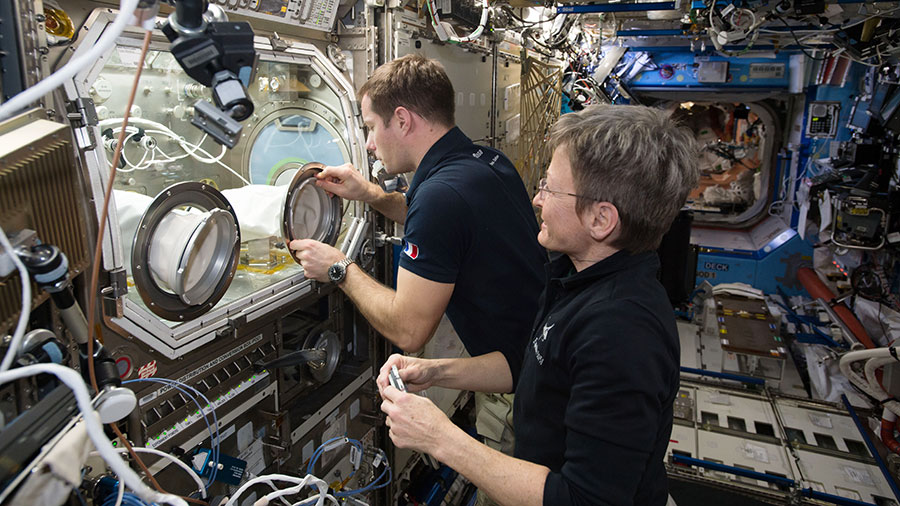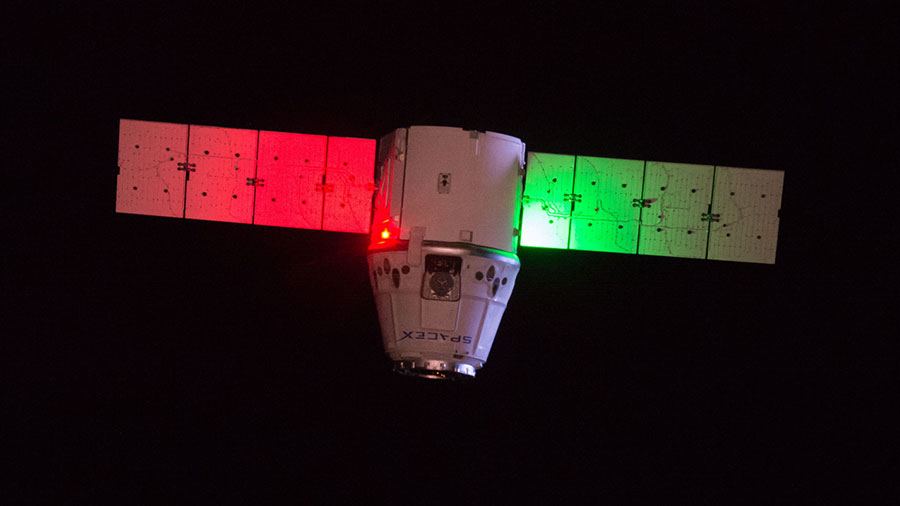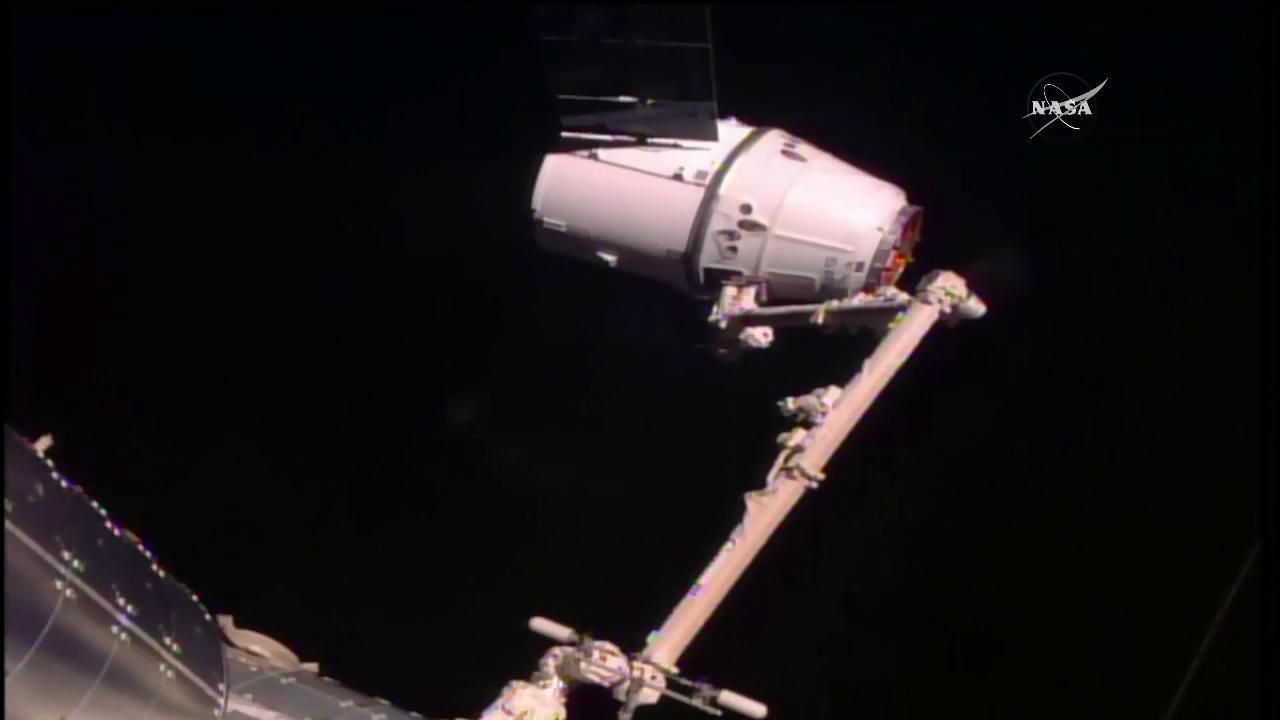
Astronaut Thomas Pesquet of the European Space Agency cleaned U.S. spacesuit cooling loops and collected water samples for a periodic maintenance check today. Afterward, he began charging spacewalking gear including helmet lights and tool batteries.
Commander Shane Kimbrough and NASA astronaut Peggy Whitson worked on life support maintenance today. They removed and disassembled valves and ducts to access old carbon dioxide filters that needed replacing inside the Destiny lab module. The duo will be back at work Wednesday installing newer generation filters.
One of the main objectives of the International Space Station is to provide an orbital laboratory to research how living in space long-term affects humans. New and ongoing experiments conducted today may provide benefits for humans on and off Earth.
Kimbrough checked on rodents being observed for a tissue regeneration study. Whitson continued researching stem cells with a new microscope delivered last week aboard the SpaceX Dragon. Cosmonaut Andrey Borisenko studied how viruses behave in space while his fellow cosmonauts, Sergey Ryzhikov and Oleg Novitskiy, explored non-invasive ways to monitor a crew member’s health and methods to keep their skills sharp on and off Earth.
Get weekly video highlights at: http://jscfeatures.jsc.nasa.gov/videoupdate/









